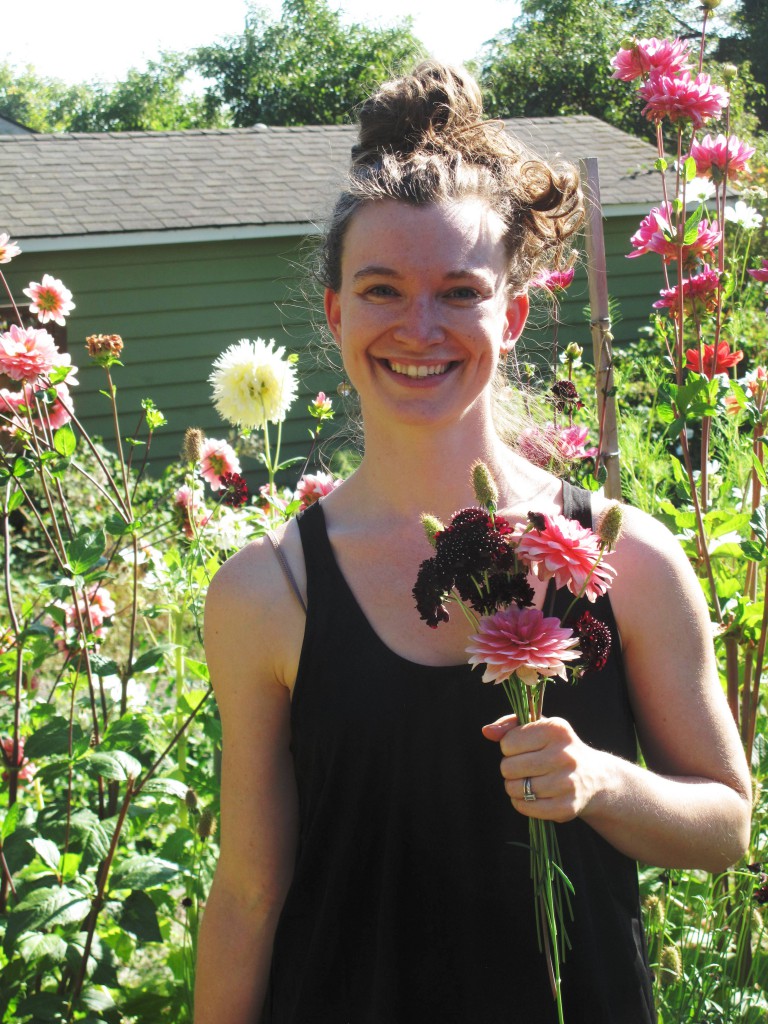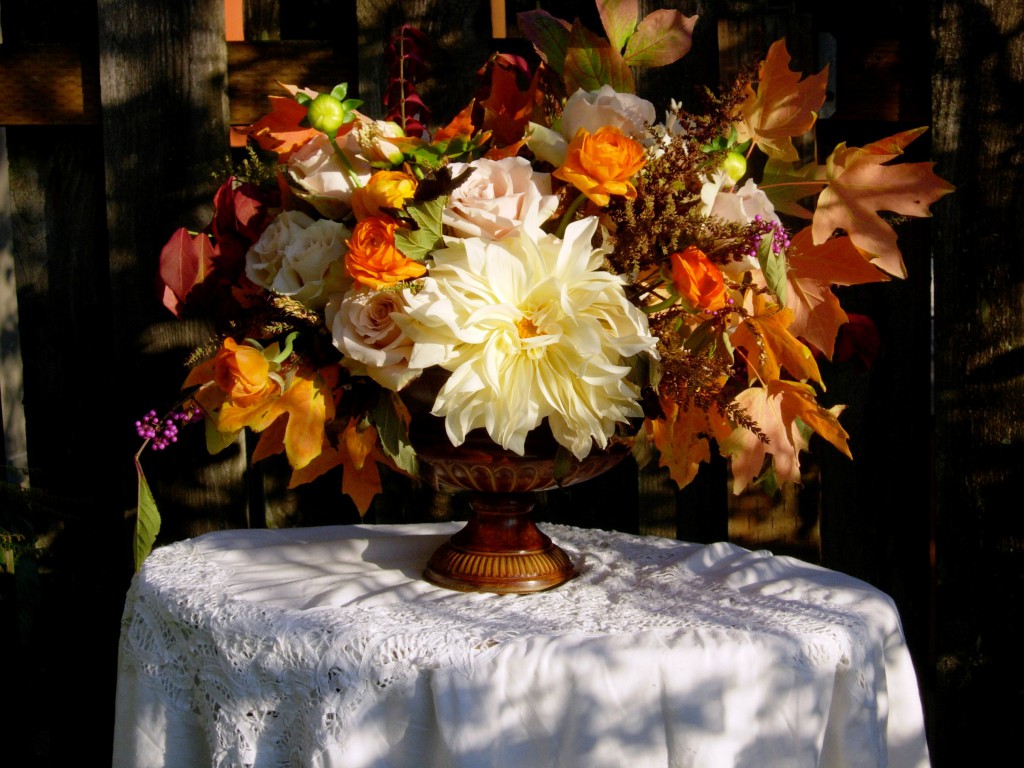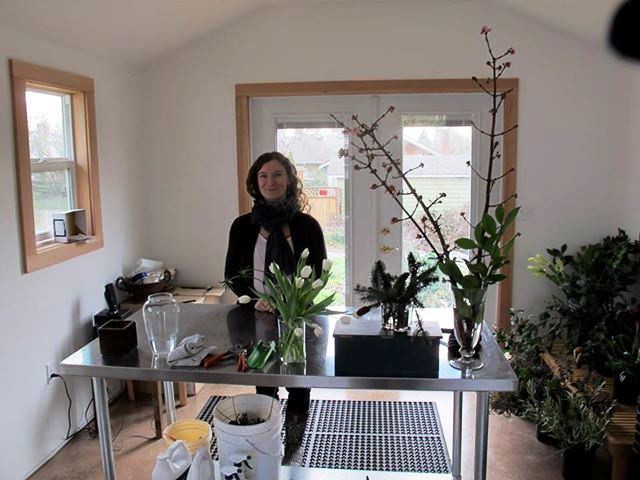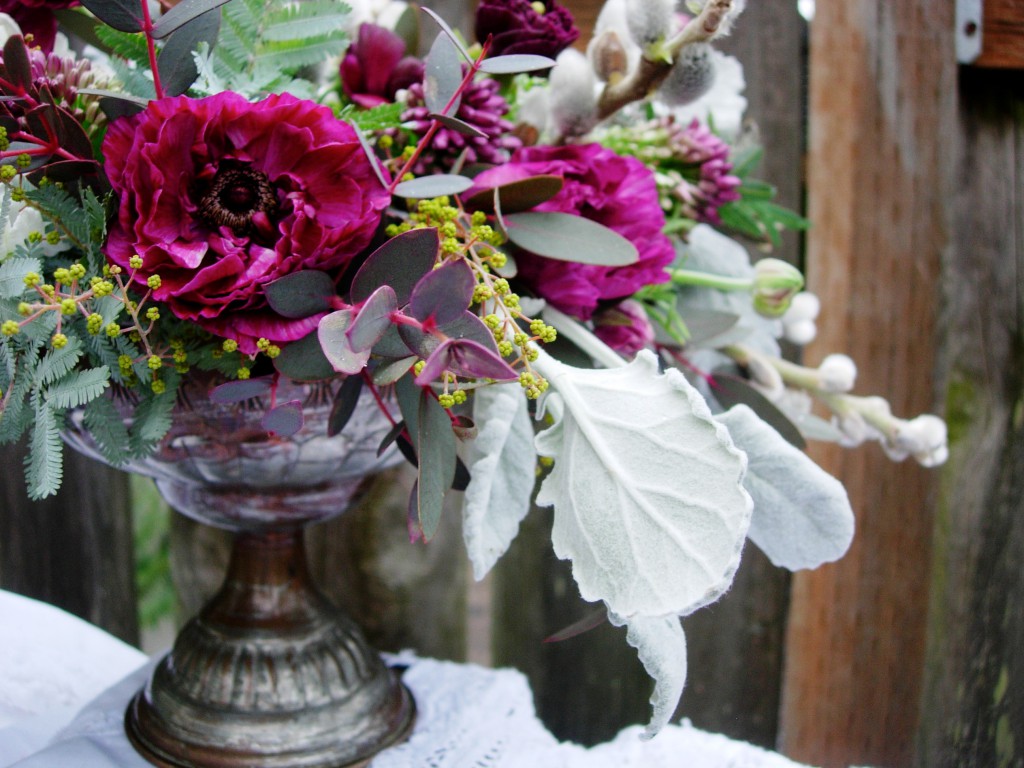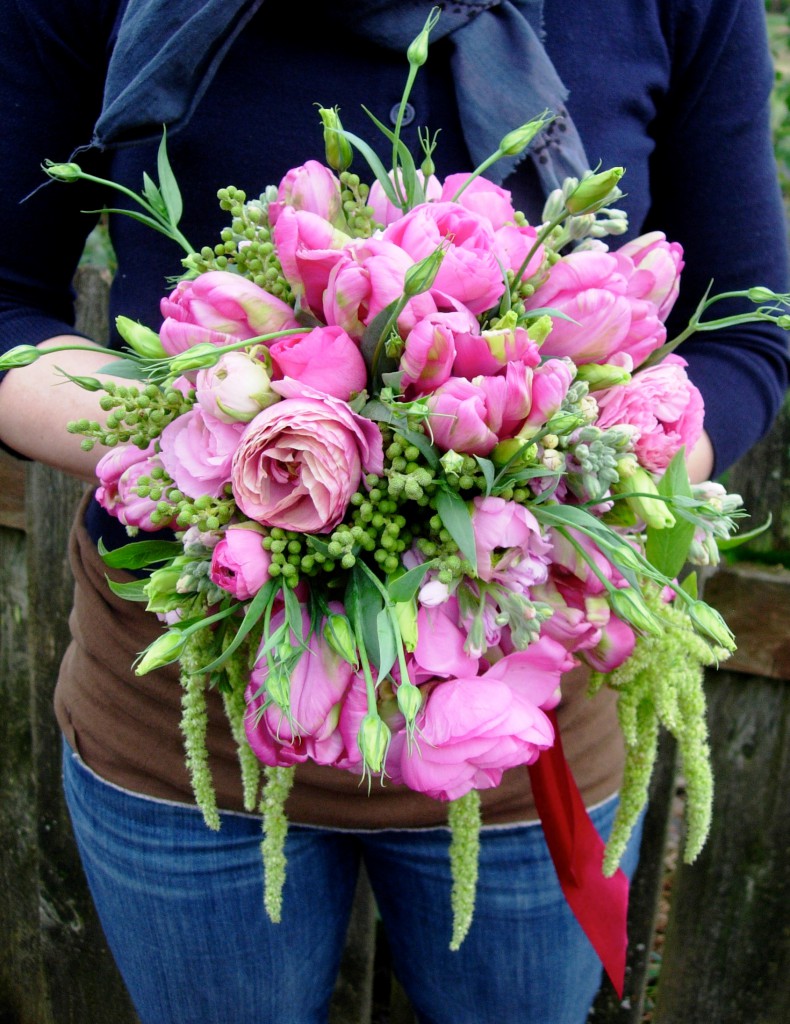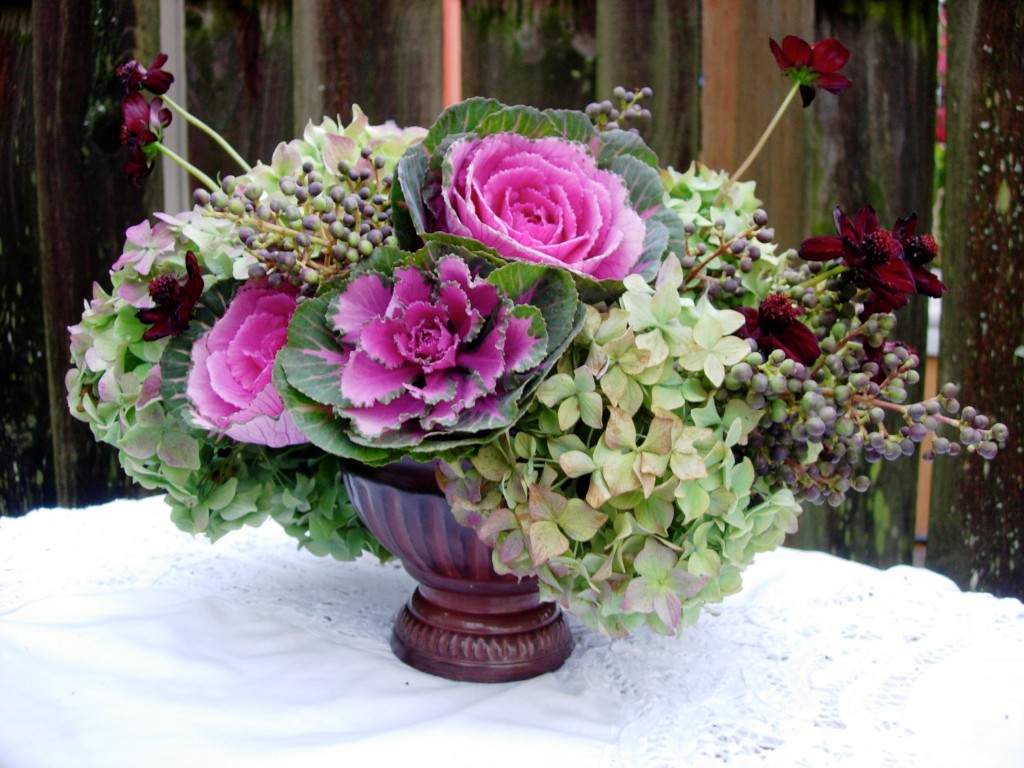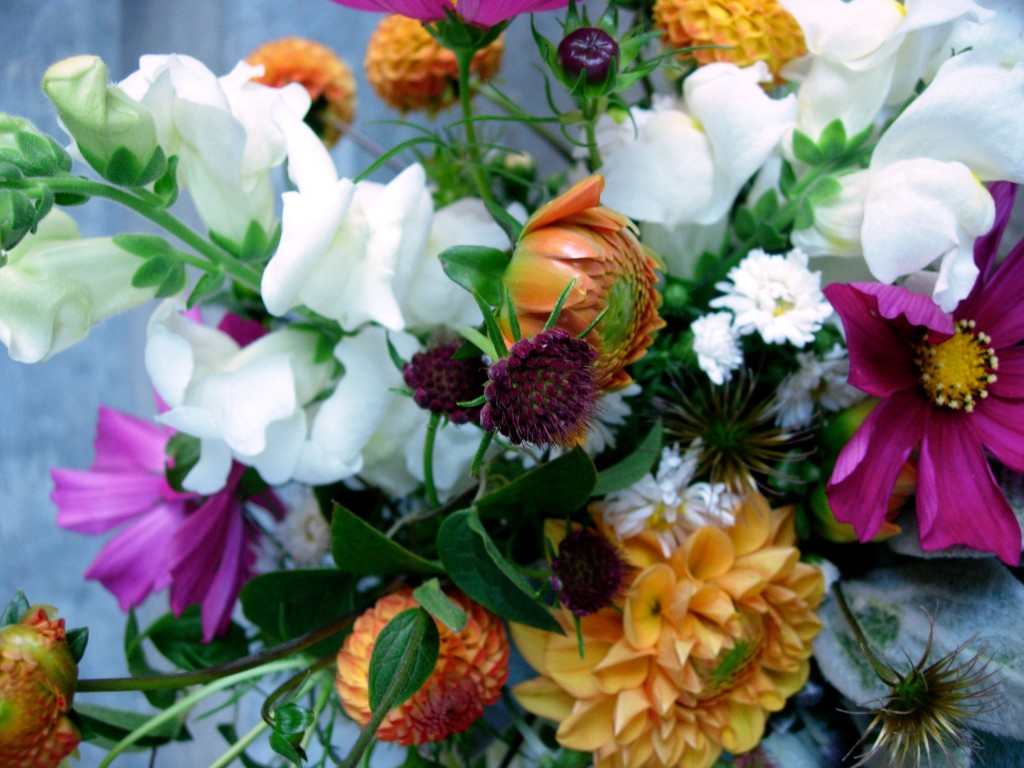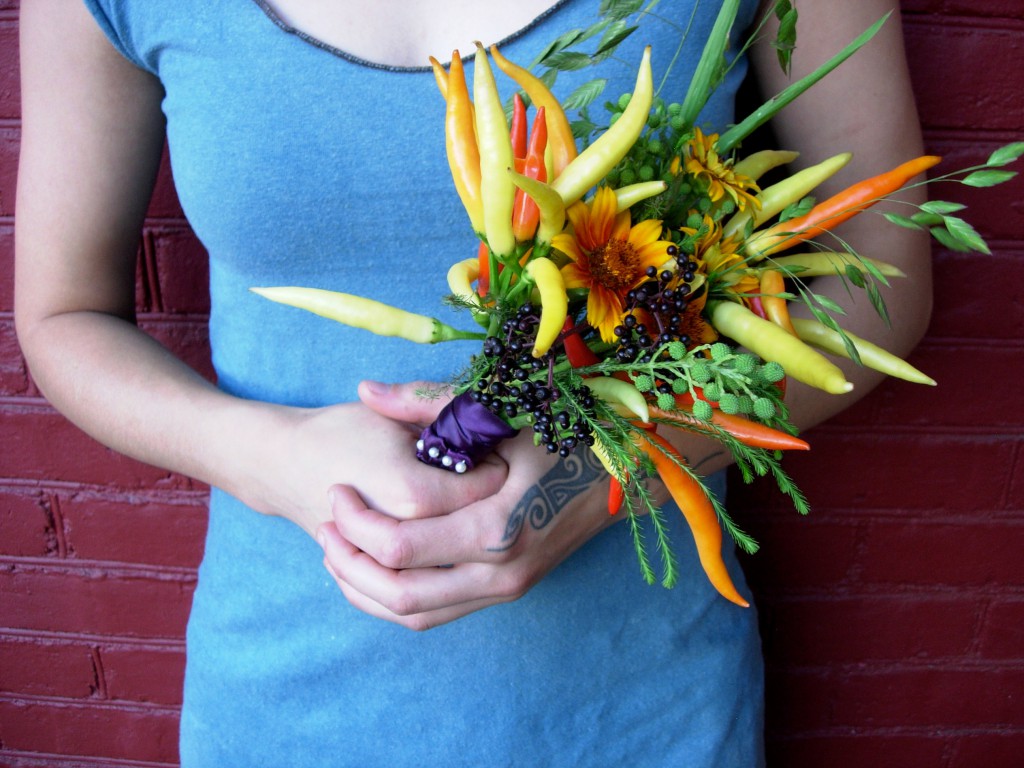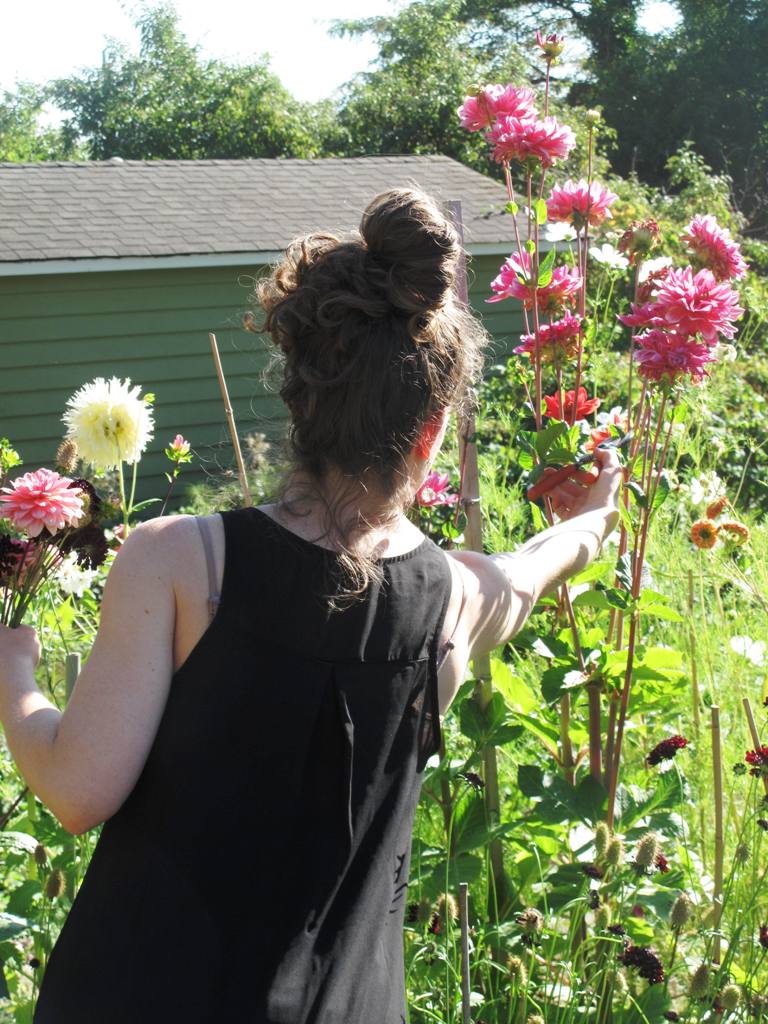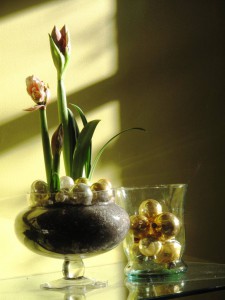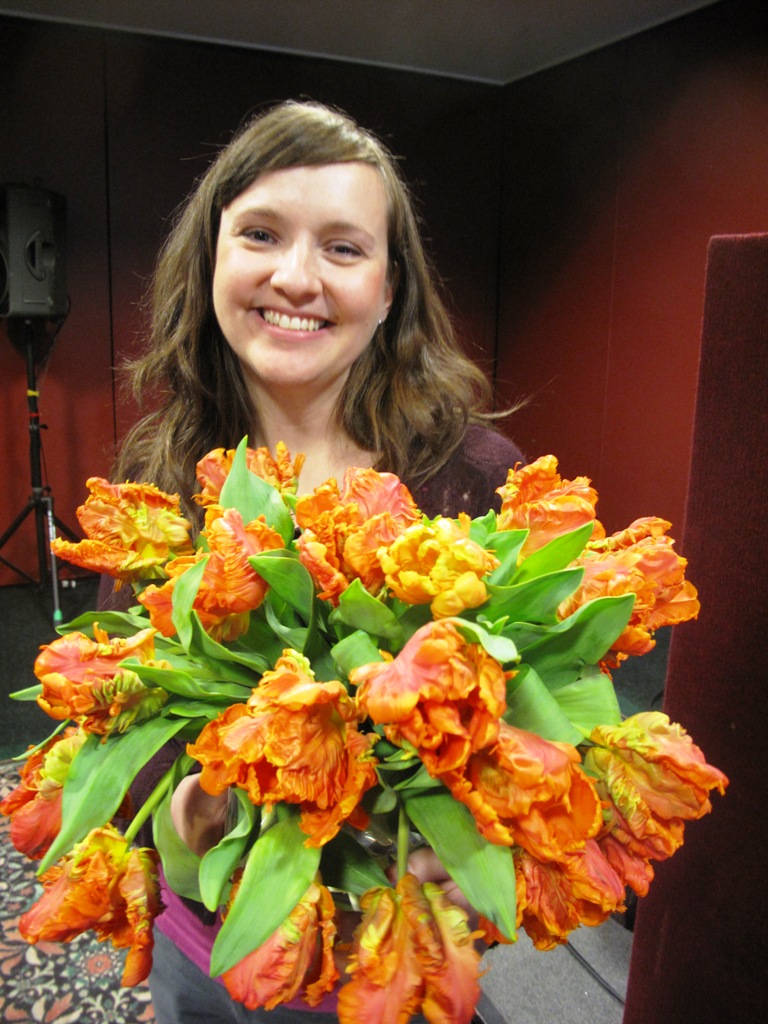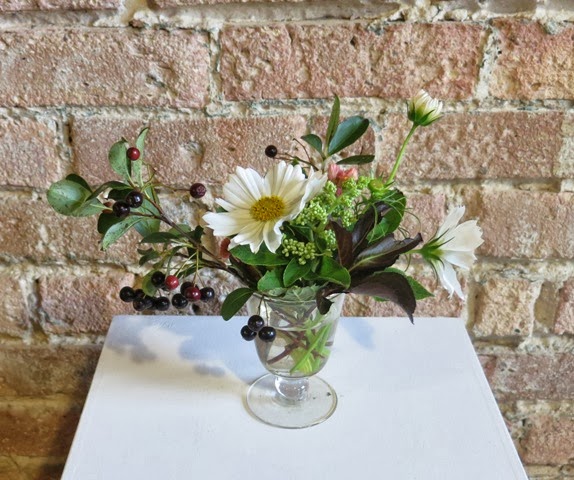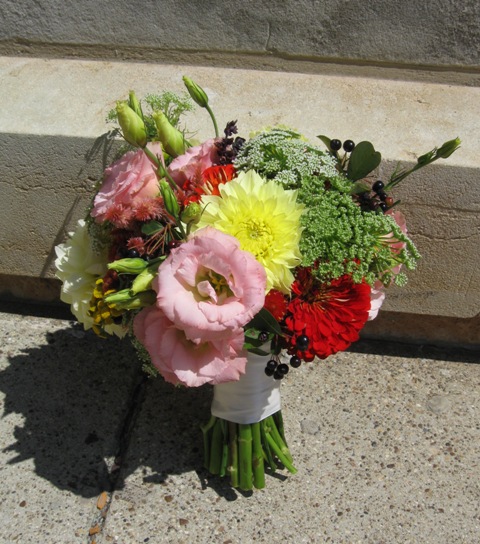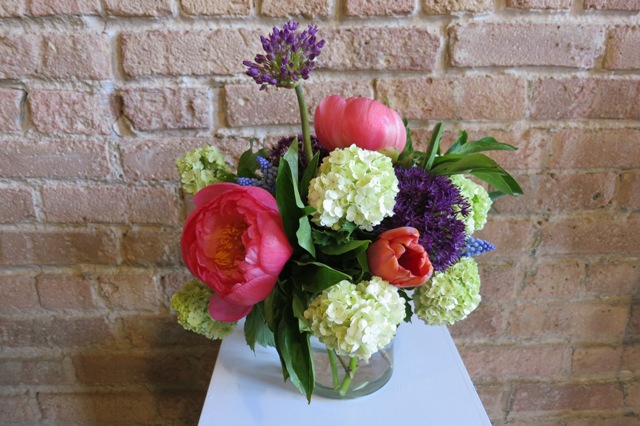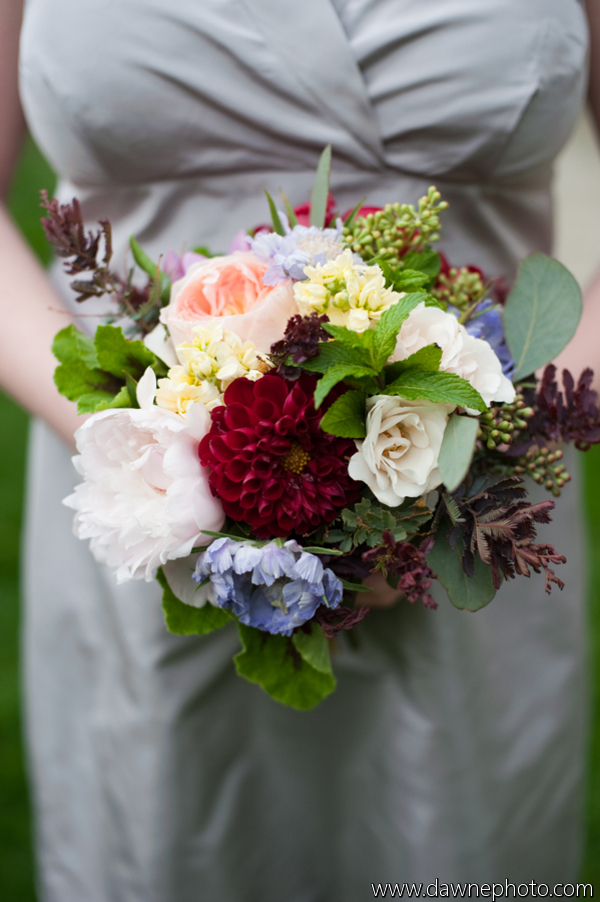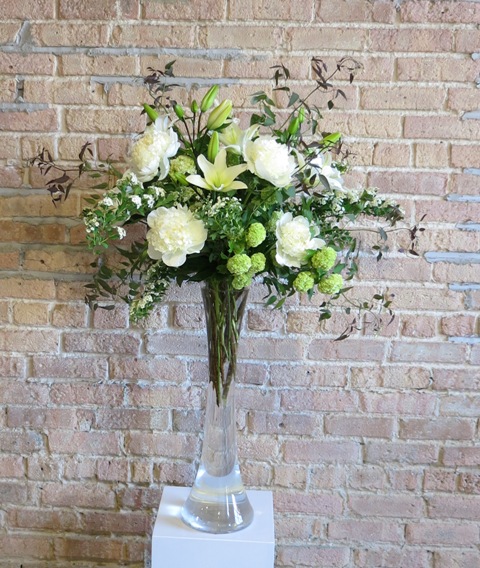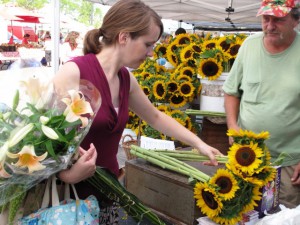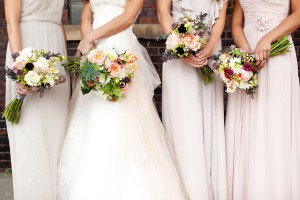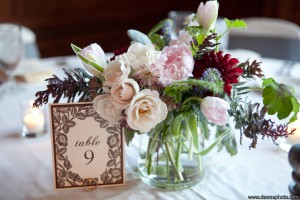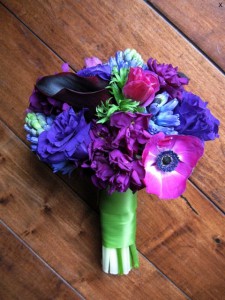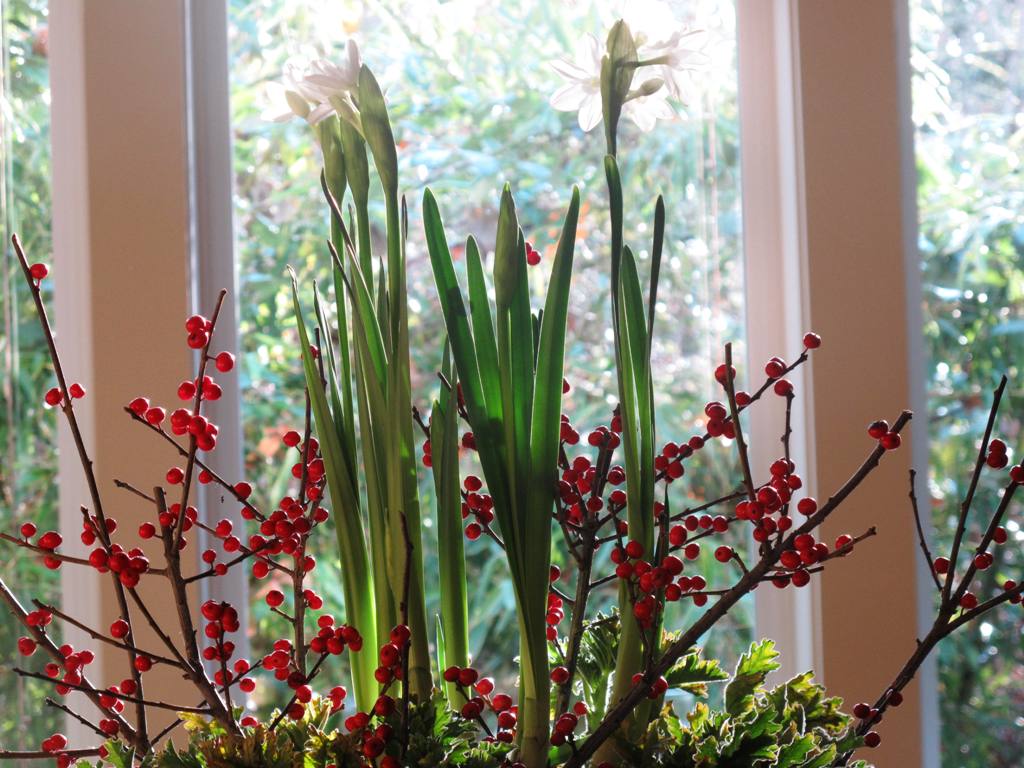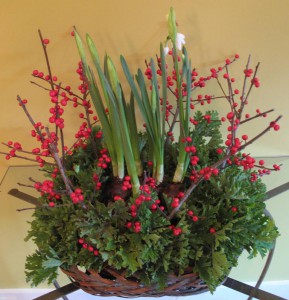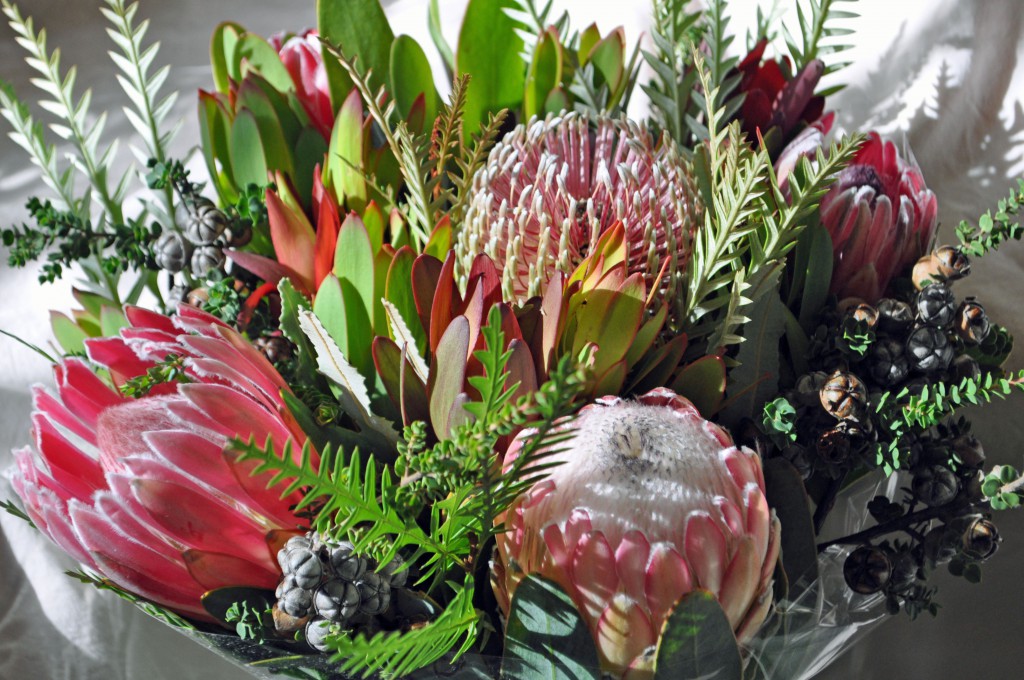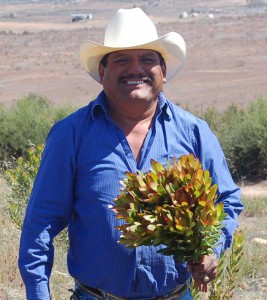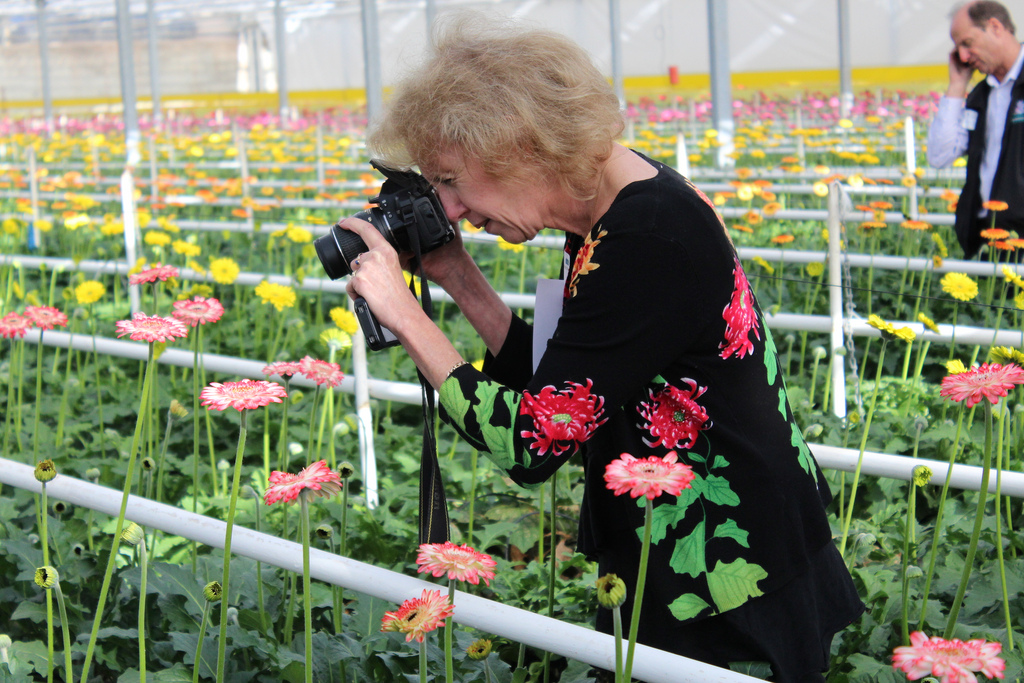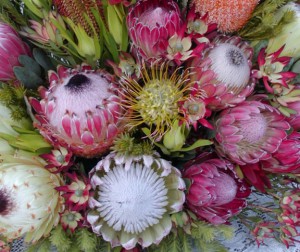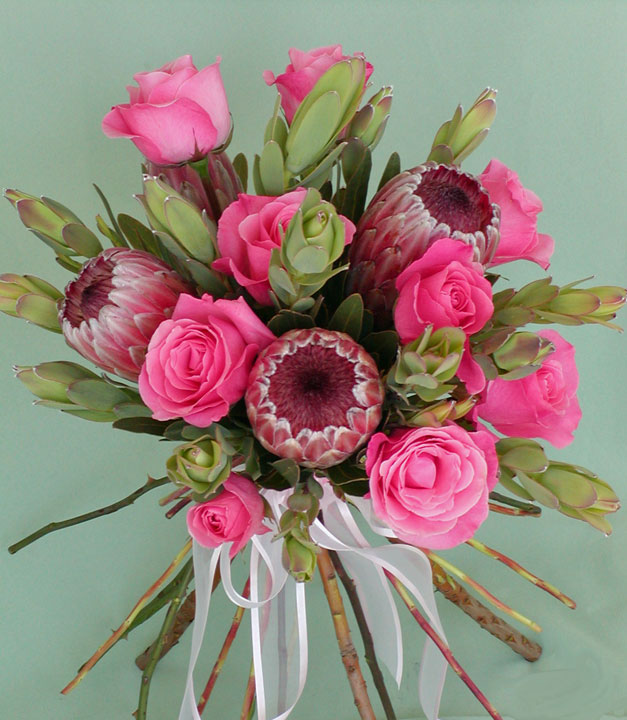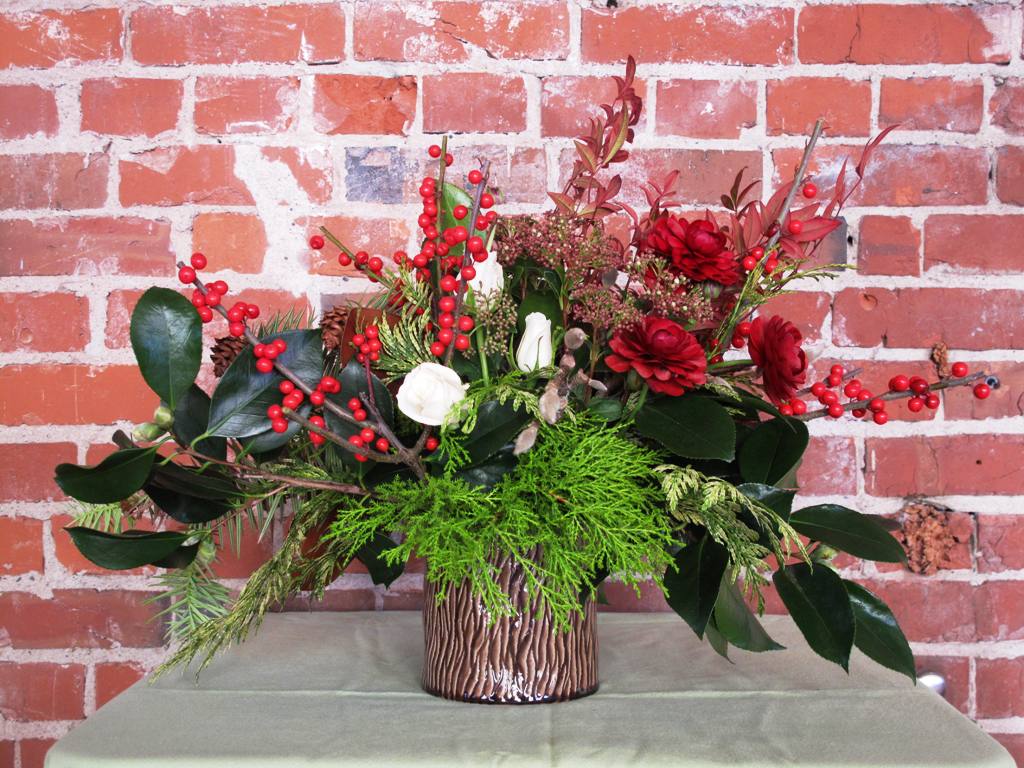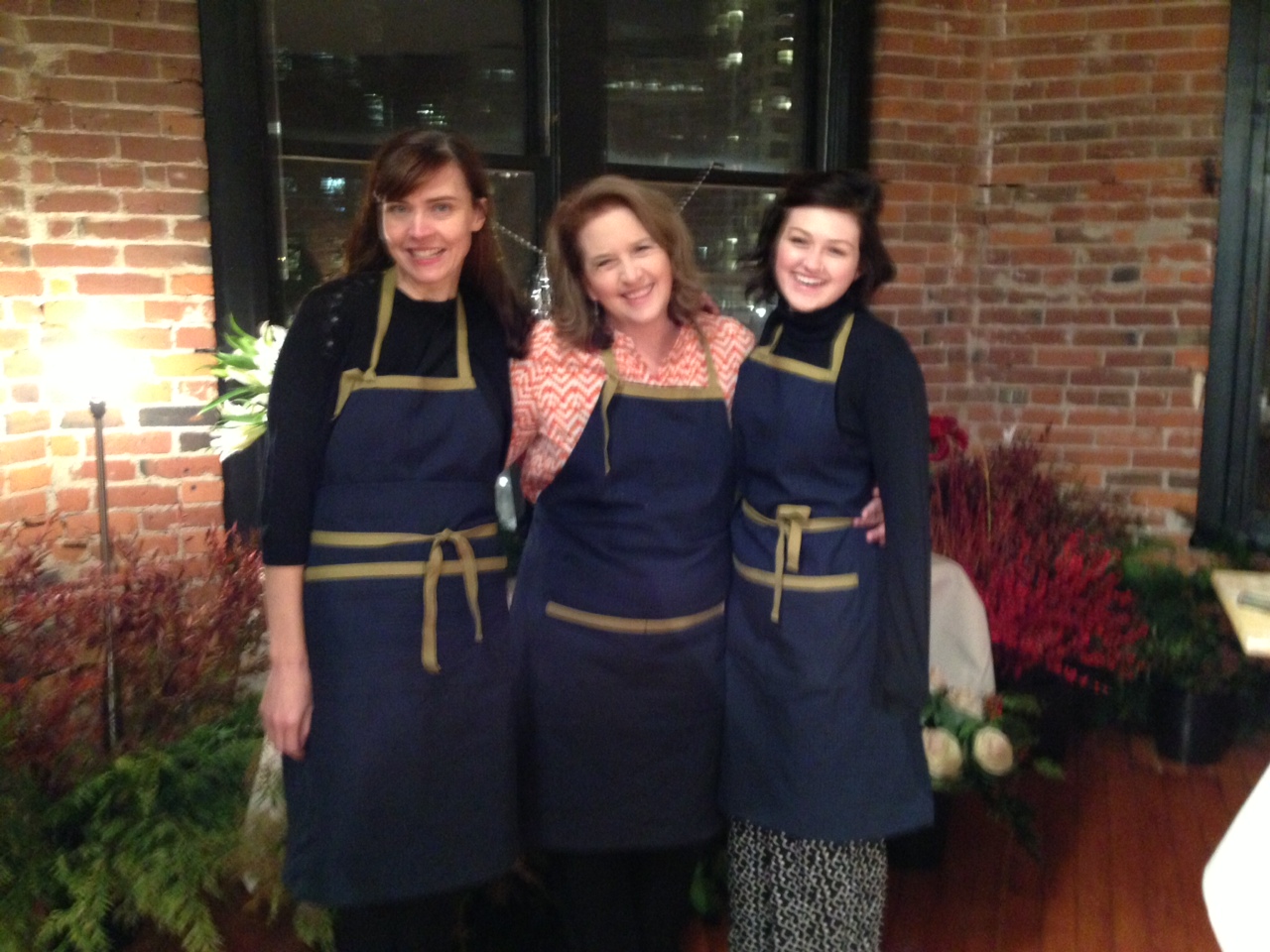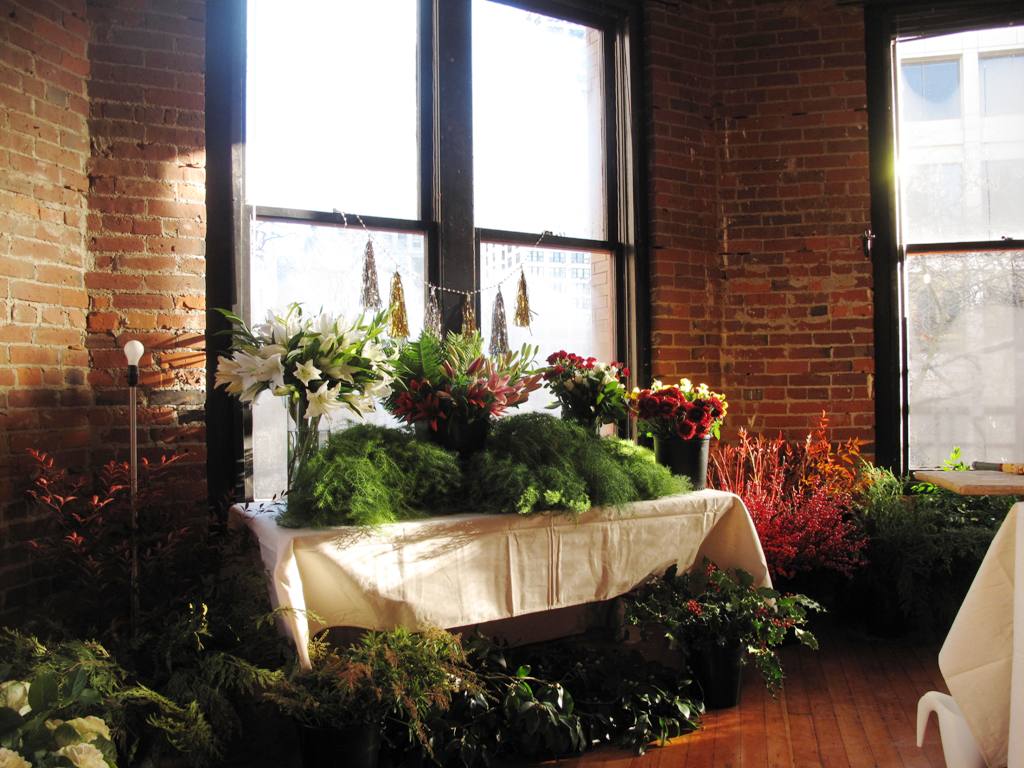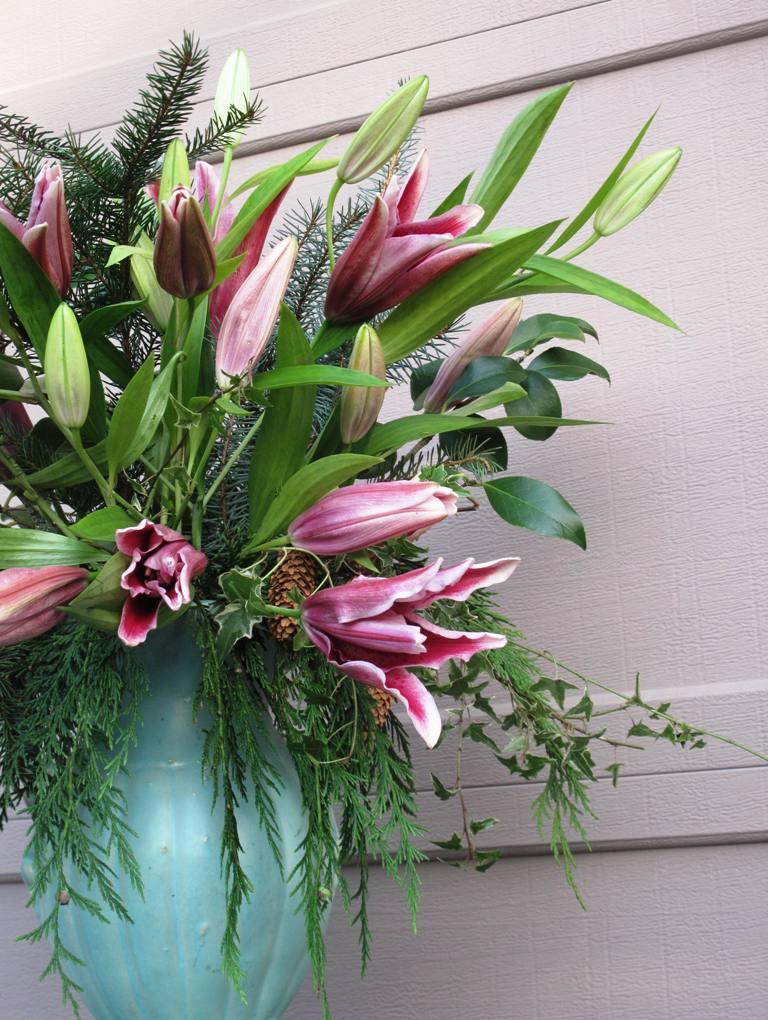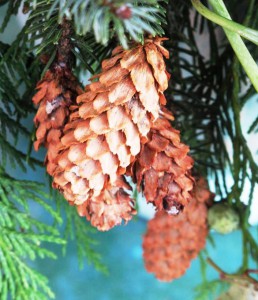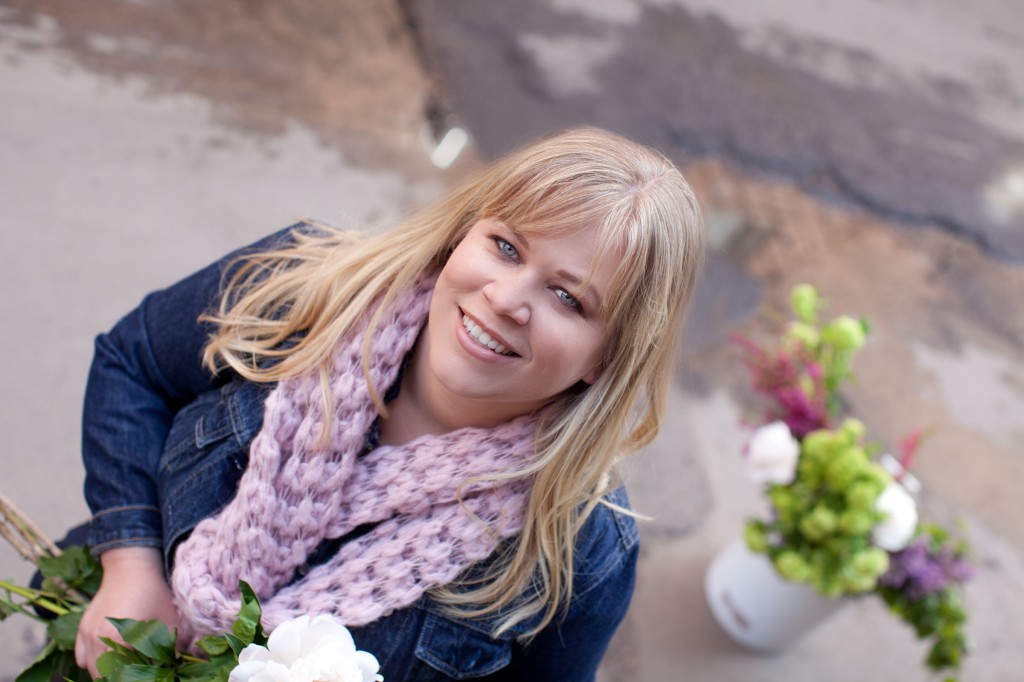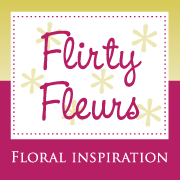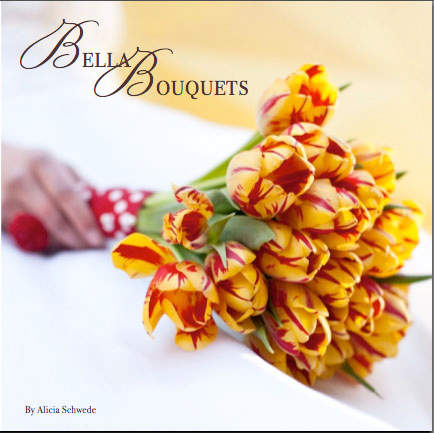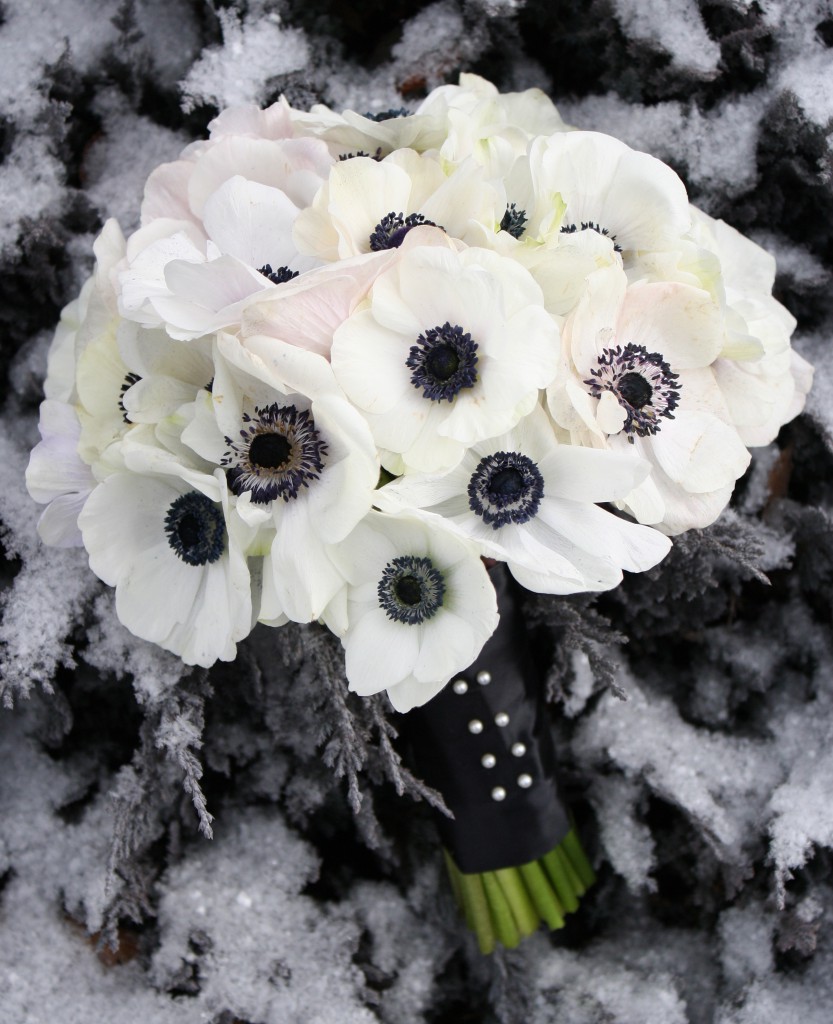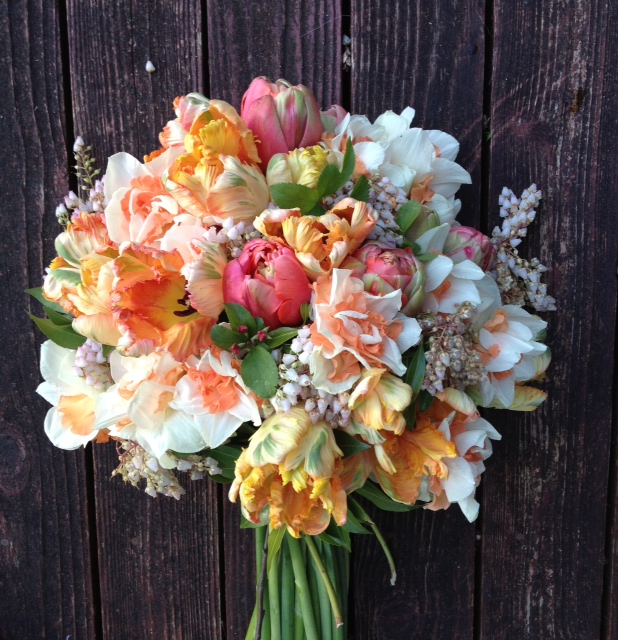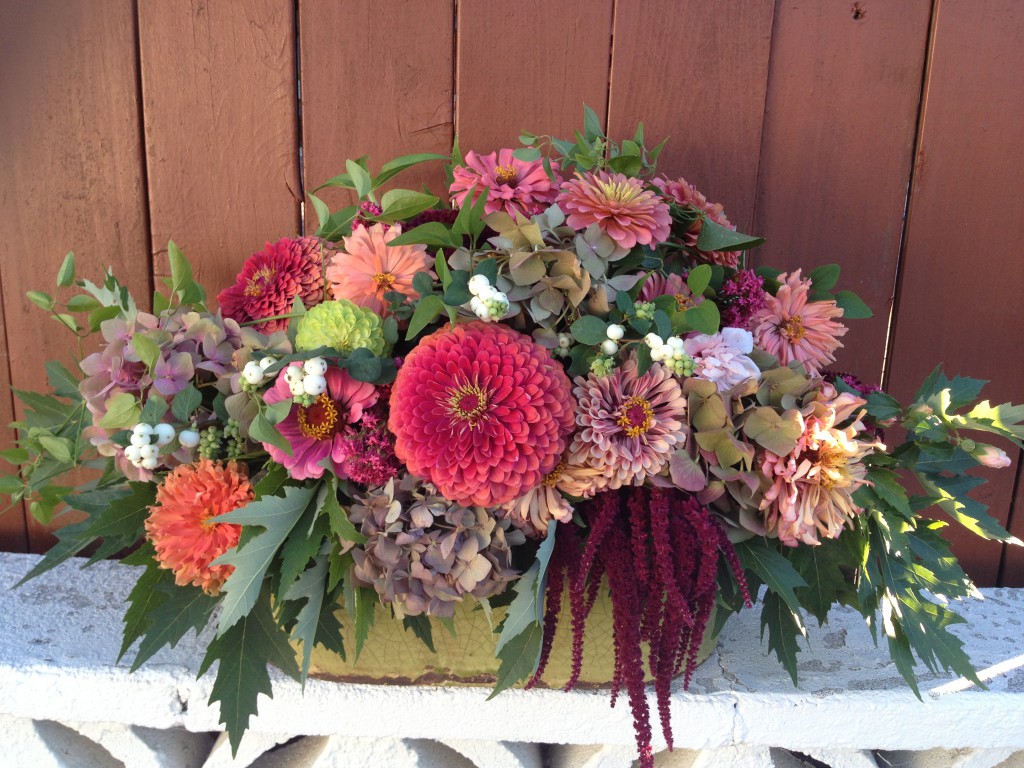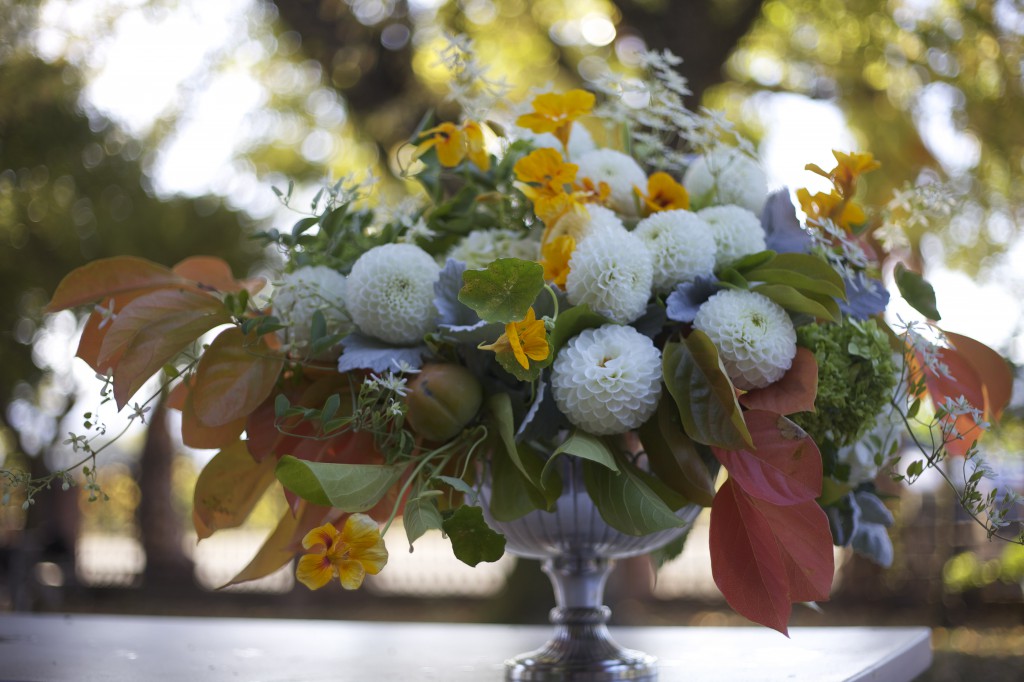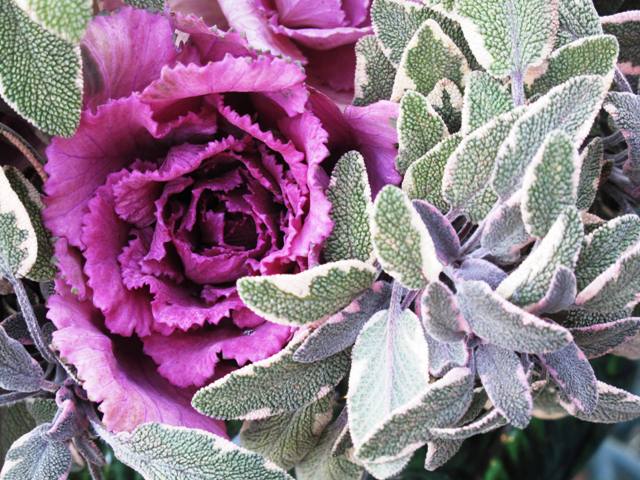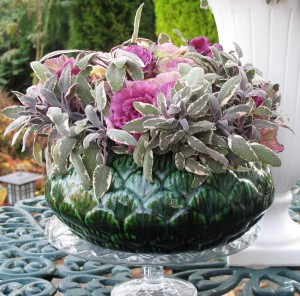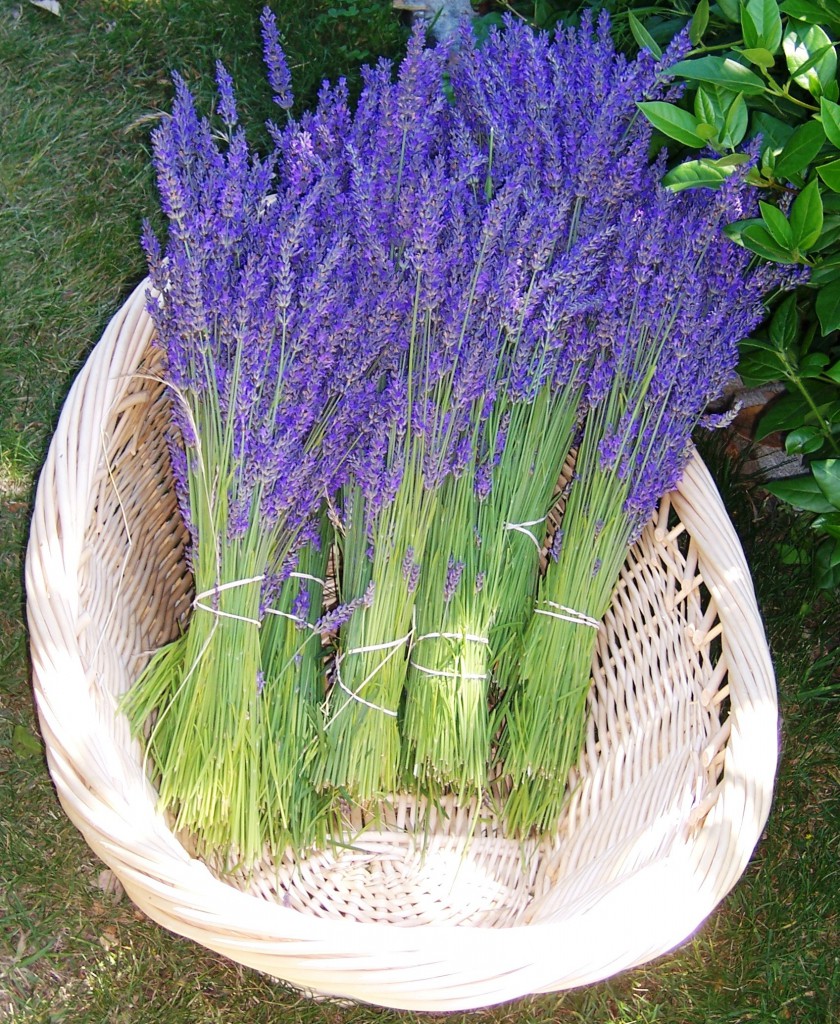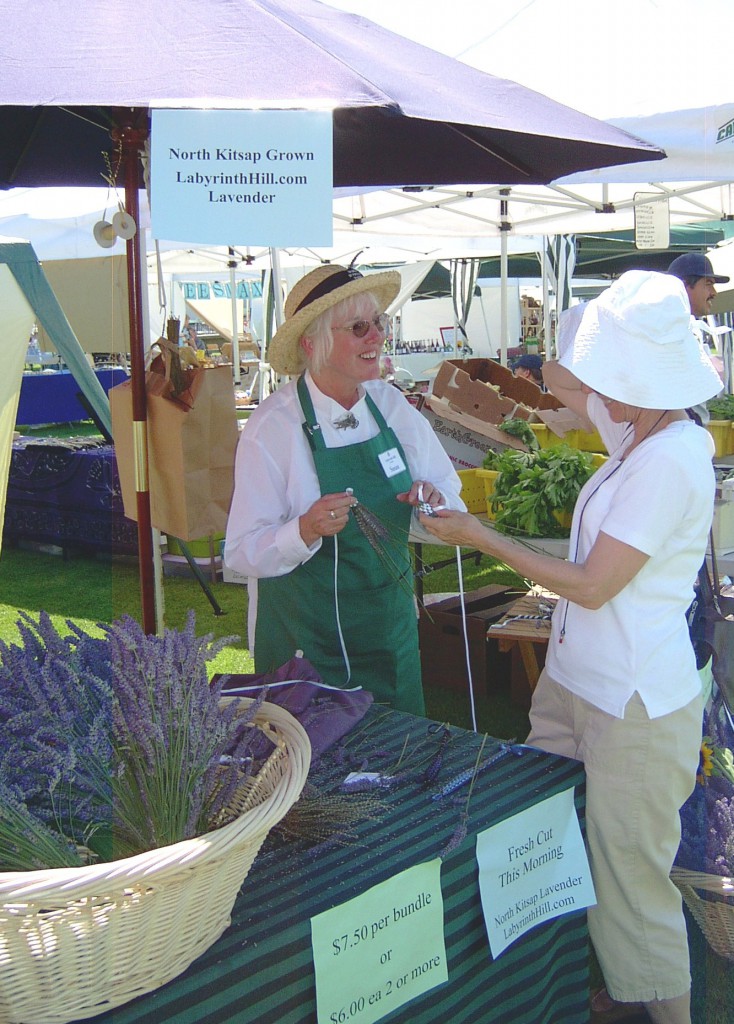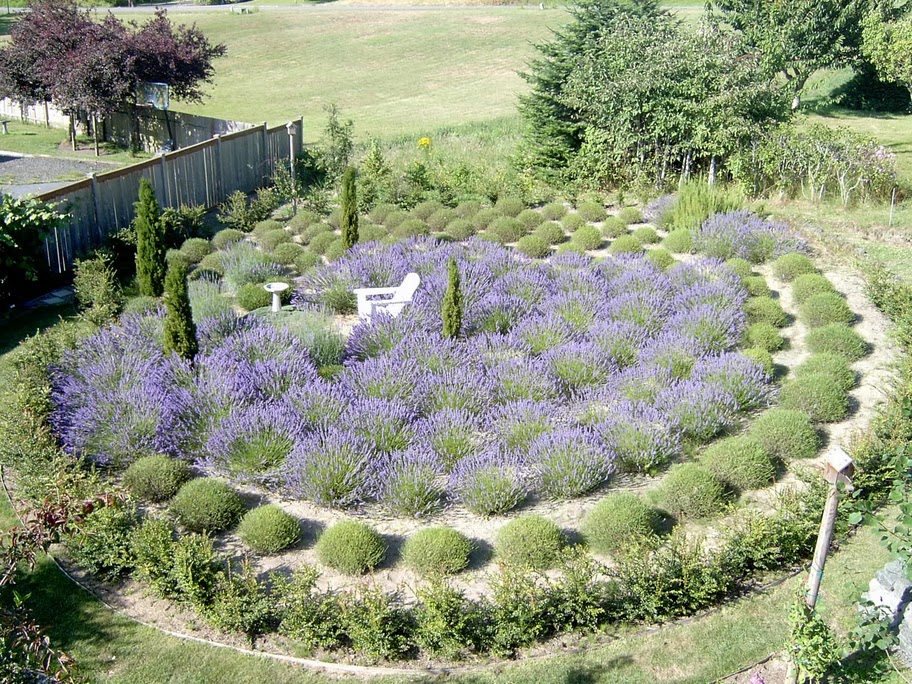Podcast: Play in new window | Download
Subscribe: Apple Podcasts | Podcast Index | RSS | More
Today’s guest is my friend and fellow Local Flowers Advocate Kelly Sullivan.
Based in Seattle, in fact, just a few blocks from where I live, Kelly is an up-and-coming studio floral designer, small-scale flower farmer and owner of Botanique.
We met a few years ago at the Northwest Flower & Garden Show, just as Kelly was developing her business model for Botanique. I have to tell you, her venture has really taken off — and Kelly has lived up to her tag-line: Overwhelmingly Beautiful Flowers.
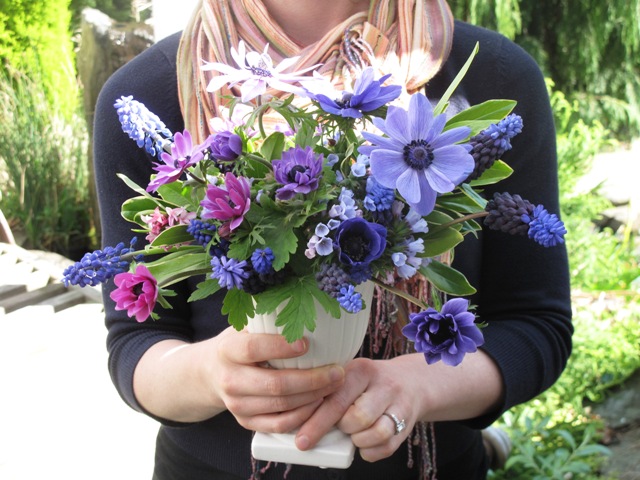
Kelly brought me this spring arrangement using all spring garden elements with a few juicy anemones from a local farmer. So enchanting!
There are so many things that impress me about this young woman. She brings a garden design and landscaping background to her floral creations; her horticultural knowledge has greatly influenced the plantings in The Botanique Cutting Garden – the backyard “urban flower farm” where Kelly grows many of the flowers she uses in her designs.
While she’s still young, Kelly is actually already on her second career. She trained and performed as a modern dancer after college. Dance plays a special role in her designs. “When people ask what defines my style, I’ve realized recently that it’s ‘movement,’” she says. “Movement is like choreography. When I compose a bouquet, it always has movement – and you see it in everything from the vines to the stems.”
Movement adds energy to her otherwise lush design style. Kelly isn’t interested in producing perfect, symmetrical arrangements. “When I design, that’s when the gardener in me shows up,” she says. “I love foliage, berries, wild elements. I love interlocking stems, unusual edibles and even seed pods.” What you see in her vases looks and feels alive (I guess that’s the dancer showing up, right?).
Our conversation took place in Kelly’s brand new studio, a converted one-car garage that will soon be a bustling center of creativity and design. “I’m obsessed with flowers,” she confides. To Kelly, when you grow your own ingredients you can’t help but notice the seasonality of each flower. “If it’s growing right there in your garden, it’s impossible not to want to pick it and arrange it,” she points out.
Of course, I feel the same way. And as more floral designers follow Kelly’s example – either by growing some of their own botanical elements or connecting with local flower farmers – the floral community will only improve. Designs that are seasonal and local have a special character, a vibrancy and authenticity not found in distantly grown or out-of-season choices. Here are some more flowers, gathered together by this gifted and inspired designer.
So happy holidays to the flower-obsessed. And thank you for joining me in this episode of the SLOW FLOWERS Podcast with Debra Prinzing.
Because of your support as a listener, we have had nearly 4,500 downloads in 2013 – and I thank you for taking the time to join to my conversations with flower farmers, florists and other notable floral experts.
If you like what you hear, please consider logging onto Itunes and posting a listener review.
Until next week please join me in putting more American grown flowers on the table, one vase at a time.
The Slow Flowers Podcast is engineered and edited by Hannah Holtgeerts. Learn more about her work at hhcreates.net.









